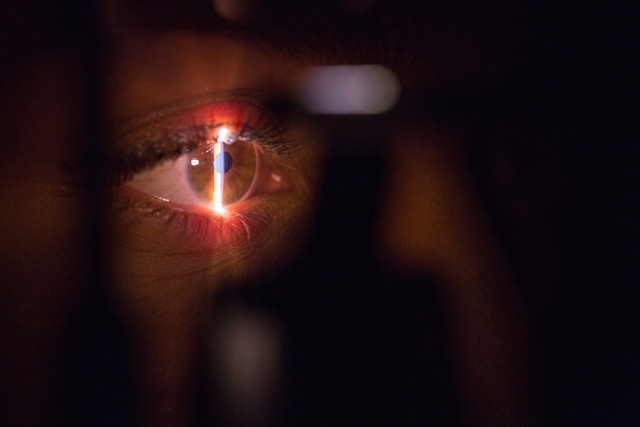Refractive surgeries have revolutionized the way we correct vision problems, offering a long-term solution for those with nearsightedness, farsightedness and astigmatism and want to reduce their dependence on glasses and contact lenses. But what are the differences between these refractive surgeries? In this article, we will explore the three most popular refractive surgery options available today: LASIK, PRK, and SMILE. We’ll discuss what each procedure entails, their main differences, and provide a brief summary of each.
LASIK (Laser-Assisted In Situ Keratomileusis)
LASIK is the most well-known refractive surgery. It involves creating a thin flap in the cornea using a femtosecond laser or a microkeratome blade. The flap is then lifted, and an excimer laser reshapes the underlying corneal tissue to correct vision. After the reshaping is complete, the flap is repositioned, allowing for a quick recovery.
PRK (Photorefractive Keratectomy)
PRK is another laser eye surgery that corrects vision by reshaping the cornea. Unlike LASIK, PRK does not involve creating a flap. Instead, the outer layer of the cornea (epithelium) is removed, and the excimer laser directly reshapes the corneal surface. The epithelium then grows back naturally over the course of a few days. PRK has a longer recovery time compared to LASIK but is a good option for those with thinner corneas or certain corneal conditions.
SMILE (Small Incision Lenticule Extraction)
SMILE is a newer refractive surgery technique that uses a femtosecond laser to create a small, lens-shaped piece of tissue (lenticule) within the cornea. This lenticule is then removed through a tiny incision, effectively reshaping the cornea and correcting vision. SMILE is less invasive than LASIK, as it does not require the creation of a flap, and it may have a lower risk of dry eye post-surgery.
The Main Differences Between The Three
- Flap creation: LASIK involves creating a corneal flap, while PRK and SMILE do not.
- Laser technique: LASIK and PRK use an excimer laser to reshape the cornea, while SMILE uses a femtosecond laser to create and remove the lenticule.
- Recovery time: LASIK generally has the shortest recovery time, followed by SMILE, while PRK has the longest recovery period.
- Suitability: The choice of surgery depends on factors such as corneal thickness, prescription, and individual eye health.
LASIK, PRK, and SMILE are all effective refractive surgeries that can significantly improve vision and reduce the need for corrective lenses. While each has their benefits and differences, the best option for an individual will depend on their specific needs and eye health, as determined by a comprehensive evaluation with a qualified eye surgeon near you.
